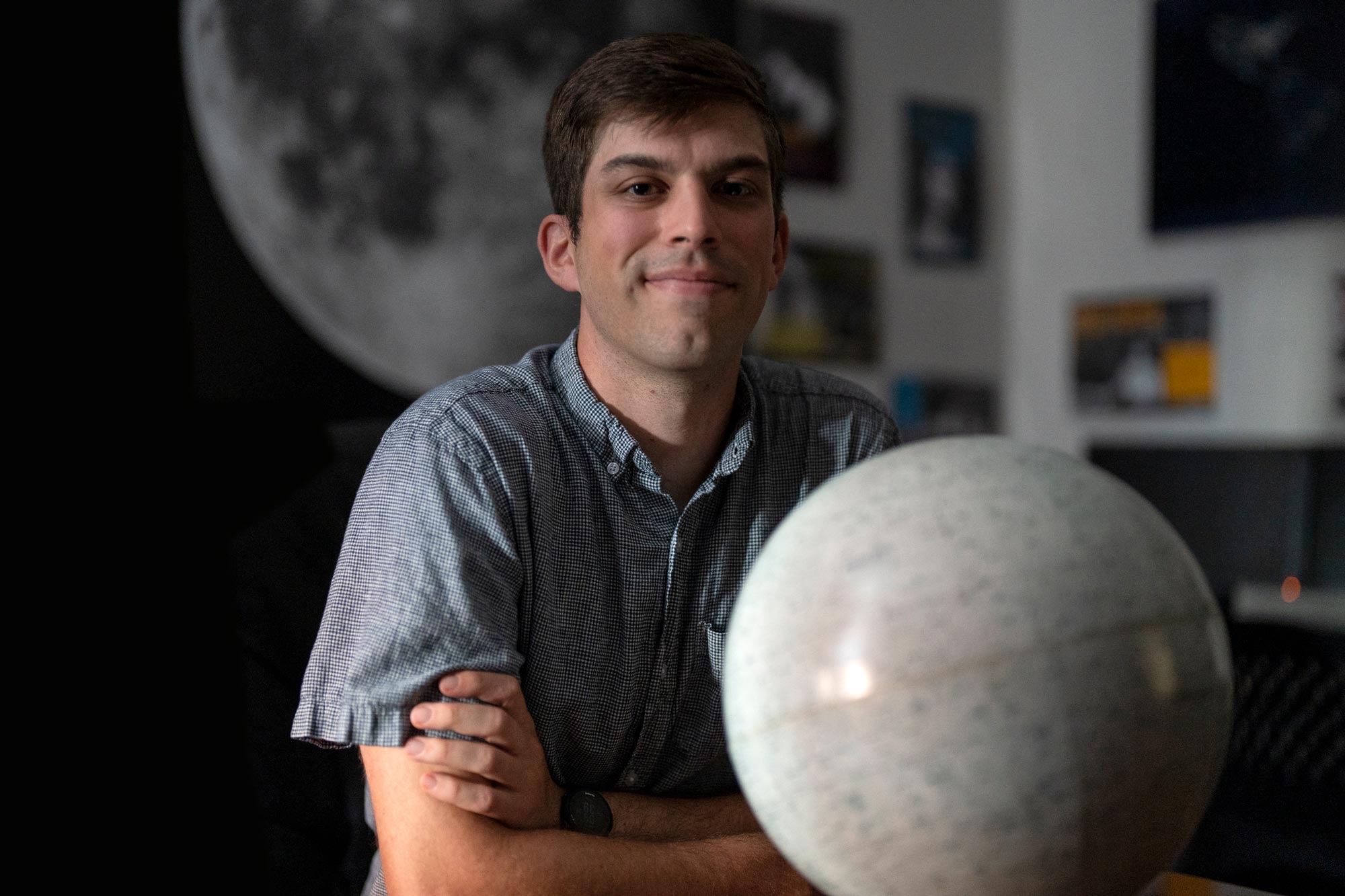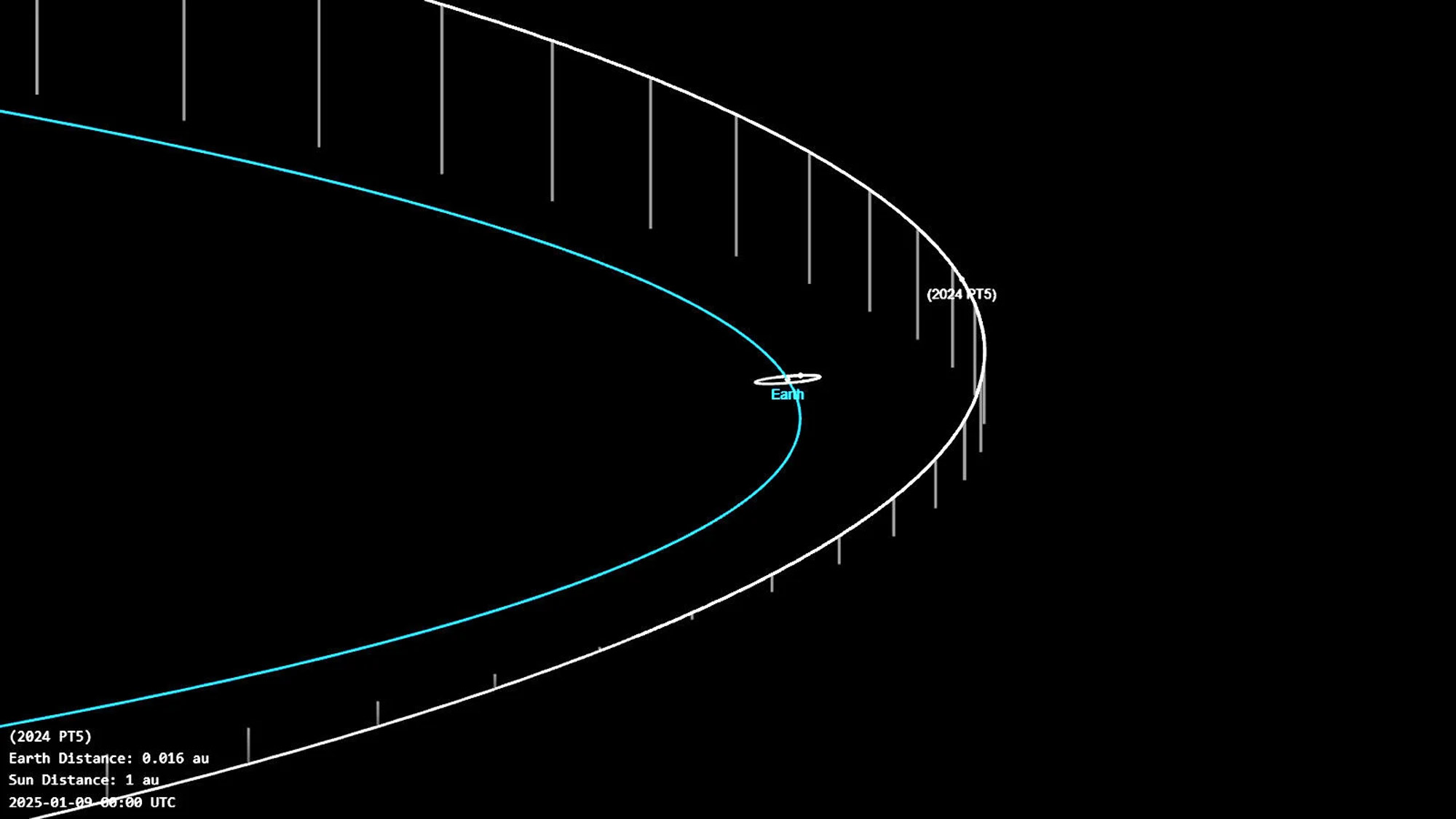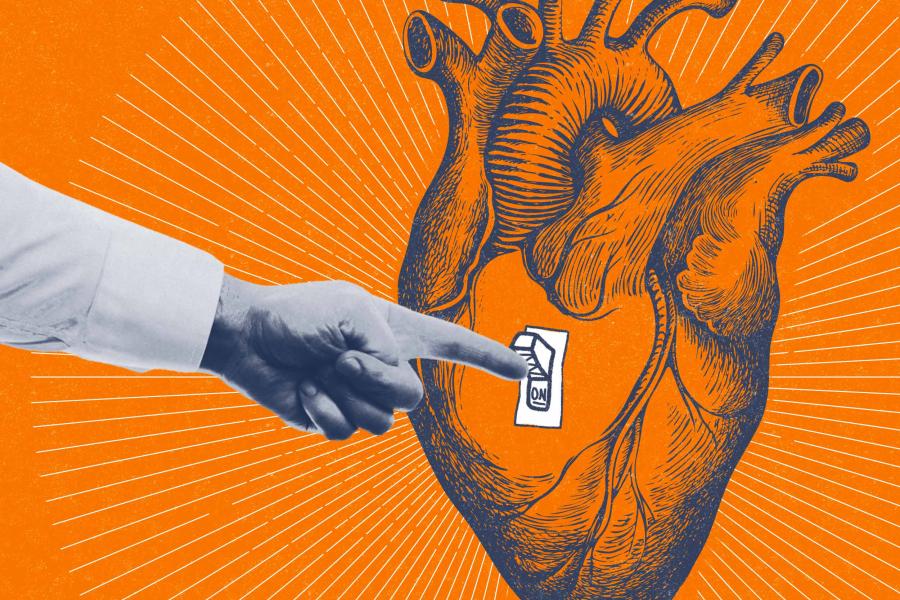Earth has temporarily pulled in another satellite, an orbiting asteroid that will be a mini moon for the next two months.
"It's cool because it gives us a better understanding of near-earth asteroids, a better understanding of our detection techniques and being able to predict when they're going to come close to the Earth," Matt Pryal, a University of Virginia assistant professor of astronomy, said.
While some near-Earth asteroids could pose a threat, the mini moon does not.
"It's maybe about 30 feet across, which is what people are estimating based on how bright it is," Pryal said, noting that at that size, it would likely burn up in Earth's atmosphere if it got too close. "It's going to get about a million miles or so away from the Earth - so not closer than the moon, and not something that's going to be visible to the naked eye."
Observers would need a large, research-grade telescope to see the asteroid.
"We have larger objects that are in near-Earth orbit, like the International Space Station," Pryal said. "That's the size of a football field, visible to the naked eye, and routinely travels around the Earth every 90 minutes."
The asteroid is debris left over from the formation of the solar system.
"A good amount of this debris forms the asteroids in the asteroid belt between Mars and Jupiter, primarily, but there are still leftover products throughout the solar system," Pryal said. "There are thousands of near-Earth asteroids that basically orbit at the same distance that the Earth orbits from the sun - this asteroid being an example of one of them."

UVA astronomer Matt Pryal said watching the mini moon would give a better understanding of near-earth asteroids and techniques to predict when they're going to come close to the Earth. (University Communications Photo)
While the asteroid is usually in a solar orbit, there are times when it gets too close to Earth and gets pulled into a temporary orbit. Pryal said scientists will study the asteroid, but the best way to study asteroids is in the laboratory after they crash to earth. In space, scientists can observe them but can't get samples.
The asteroid has likely been orbiting near Earth for as long as 4.6 billion years.
"The next time it's going to get gravitationally captured by the Earth is around 2055," Pryal said. "It's probably just going to keep happening, never getting really close, never getting closer to the moon, unless something gravitationally moves it one way or another."

The mini moon will orbit Earth for about two months, then will be pulled back into a solar orbit. (Illustration from NASA-CNEOS)
Although it is tiny and distant, the mini moon has taken up a lot of space in the popular media. Pryal thinks there is a public interest in the asteroid because of the importance of the moon to mankind - mythologically, philosophically and poetically.
"It's fun to say that we have a second moon for a brief amount of time, but frankly, we probably always have little rocks like that orbiting around us or gravitationally bound to the Earth," he said. "There are hundreds to thousands of artificial moons that humans put up that are orbiting the Earth and are a lot cooler than this object. The International Space Station, when it's directly over our head in Charlottesville, is physically closer to us than New York City because it's only about 250 miles away."









